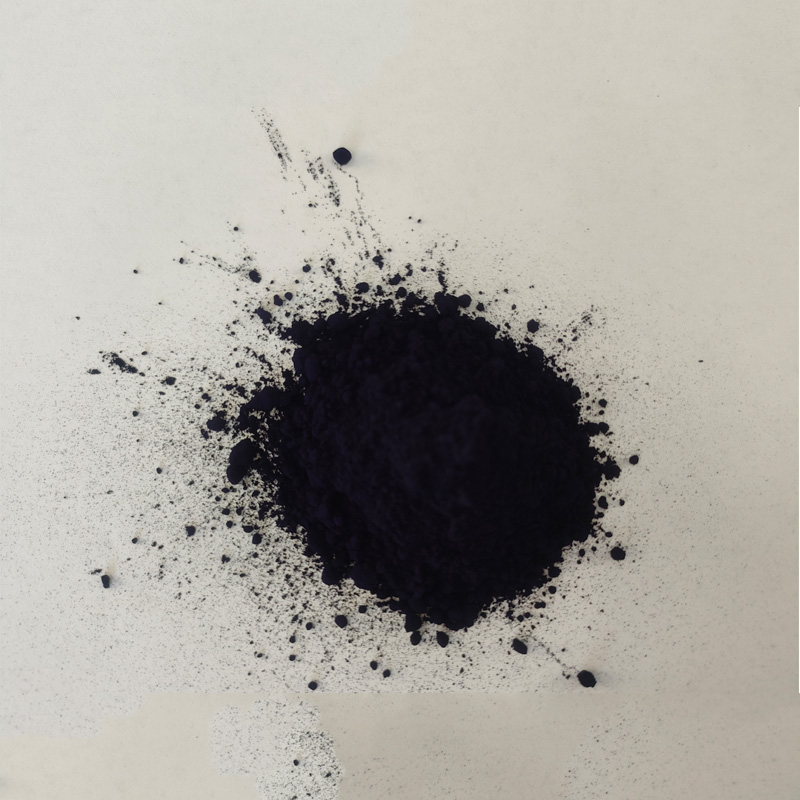Exploring the Rich History and Cultural Significance of Authentic Indigo Dye in Traditional Textiles
The Rich History and Modern Application of Pure Indigo Dye
Indigo dye, famed for its deep blue hue and historical significance, has captivated artisans and cultures across the globe for centuries. Known scientifically as indigofera, this natural dye is derived primarily from the leaves of the indigo plant. It holds a special place not only in the textile industry but also in the history of art and culture.
The Rich History and Modern Application of Pure Indigo Dye
One of the most fascinating aspects of indigo dye is its versatility. It can create a range of shades, from light sky blue to the darkest navy, depending on factors such as concentration and application technique. This range has made indigo a popular choice for textile artisans, particularly in traditional practices. For instance, in Japan, indigo dyeing has developed into a form of art called Aizome, where intricate designs are achieved through tie-dye techniques. This traditional craft not only showcases the beauty of indigo but also represents a cultural heritage that emphasizes craftsmanship and sustainability.
famous pure indigo dye

In addition to its aesthetic appeal, indigo dye has played a significant role in global trade. During the 16th and 17th centuries, indigo became a valuable commodity in Europe, leading to its cultivation in colonies such as the American South and the Caribbean. The demand for indigo fabric was so high that it contributed to the economic development of these regions, while also leading to exploitative labor practices, particularly the reliance on enslaved populations for cultivation and production. This complex history adds depth to the narrative of indigo, as its beauty comes interwoven with themes of colonization and labor rights.
With the advent of synthetic dyes in the 19th century, the popularity of natural indigo began to wane. However, there has been a resurgence of interest in artisanal and natural dyes in recent years, driven by a growing awareness of environmental and ethical issues in the fashion industry. Consumers are increasingly seeking sustainable alternatives to mass-produced goods, leading to a revival in the use of pure indigo dye. Artisans across the globe are now experimenting with traditional methods, blending them with modern aesthetics to create innovative, eco-friendly textiles.
Furthermore, the application of indigo has expanded beyond clothing and textiles. Artists and designers are exploring its potential in different mediums, using indigo in paintings, ceramics, and even home decor. The rich, captivating color has found new life, appealing to contemporary sensibilities while honoring its historical roots.
Today, the journey of indigo dye is one of reconciliation and revitalization—a bridge between the past and present. It evokes a sense of connection to nature and the artisanal craftsmanship that has been passed down through generations. As we continue to embrace sustainable practices, pure indigo dye stands as a testament to the enduring power of tradition, creativity, and the deep blue that has colored the fabric of human history for millennia. In an era where authenticity and sustainability are cherished, indigo remains more than just a color; it is a symbol of heritage, artistry, and the ongoing narrative of human culture.
-
The Timeless Art of Denim Indigo Dye
NewsJul.01,2025
-
The Rise of Sulfur Dyed Denim
NewsJul.01,2025
-
The Rich Revival of the Best Indigo Dye
NewsJul.01,2025
-
The Enduring Strength of Sulphur Black
NewsJul.01,2025
-
The Ancient Art of Chinese Indigo Dye
NewsJul.01,2025
-
Industry Power of Indigo
NewsJul.01,2025
-
Black Sulfur is Leading the Next Wave
NewsJul.01,2025

Sulphur Black
1.Name: sulphur black; Sulfur Black; Sulphur Black 1;
2.Structure formula:
3.Molecule formula: C6H4N2O5
4.CAS No.: 1326-82-5
5.HS code: 32041911
6.Product specification:Appearance:black phosphorus flakes; black liquid

Bromo Indigo; Vat Bromo-Indigo; C.I.Vat Blue 5
1.Name: Bromo indigo; Vat bromo-indigo; C.I.Vat blue 5;
2.Structure formula:
3.Molecule formula: C16H6Br4N2O2
4.CAS No.: 2475-31-2
5.HS code: 3204151000 6.Major usage and instruction: Be mainly used to dye cotton fabrics.

Indigo Blue Vat Blue
1.Name: indigo blue,vat blue 1,
2.Structure formula:
3.Molecule formula: C16H10N2O2
4.. CAS No.: 482-89-3
5.Molecule weight: 262.62
6.HS code: 3204151000
7.Major usage and instruction: Be mainly used to dye cotton fabrics.

